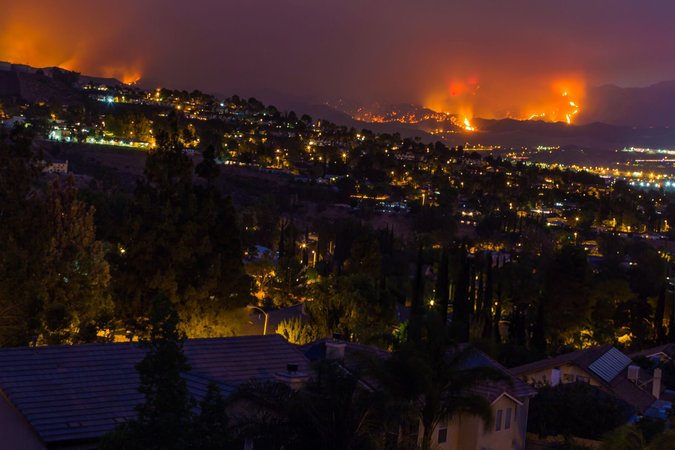Changing Hazards, Exposure, and Vulnerability in the Conterminous United States, 2020–2070
In this working paper, the authors analyze how climate change reshapes natural resource hazards in the United States and assess the interplay of hazard exposure, social vulnerability, and drivers like climate and population changes over the next 50 years.
Abstract
Climate change reshapes natural resource systems and results in increased likelihood of wildfire, water scarcity, and heat stress, along with other adverse outcomes that define potential harm across a broad spectrum of locales in the United States. We evaluate 50-year, multiple-scenario projections of resource hazards and population change from the USDA Forest Service 2020 Resources Planning Act Assessment to identify areas of concern based on hazard exposure and social vulnerability criteria and to evaluate implications for climate adaptation and risk mitigation planning. We project how and where hazard exposure may change over the next 50 years and decompose these changes into the portion driven by climate changes and the portion driven by population changes—both of which prove consequential. Water shortage projections show little change in spatial distribution but strong growth in the intensity of anticipated droughts. Wildfire projections show a structural change in pattern, with emergent growth in wildfire extent in the southeastern United States coincident with higher population densities and social vulnerability. High heat areas expand toward the North and East from the Southwest. Projections also show substantial growth in areas affected by two or more hazards and highlight where hazards correspond with high exposure or high vulnerability. For all hazard categories and scenarios, at least 80 percent of the population exposed to high hazard is in either a high-vulnerability or high-exposure county. Our results highlight how management strategies would differ between those focused on mitigating the biophysical hazard alone and those that focus on mitigating exposure or vulnerability criteria.
Click here to read the press release.
Authors

Travis Warziniack
Research Economist, US Forest Service Rocky Mountain Research Station

Claire O’Dea
National Program Leader, Resources Planning Act Assessment

John Coulston
Project Leader, US Forest Service




